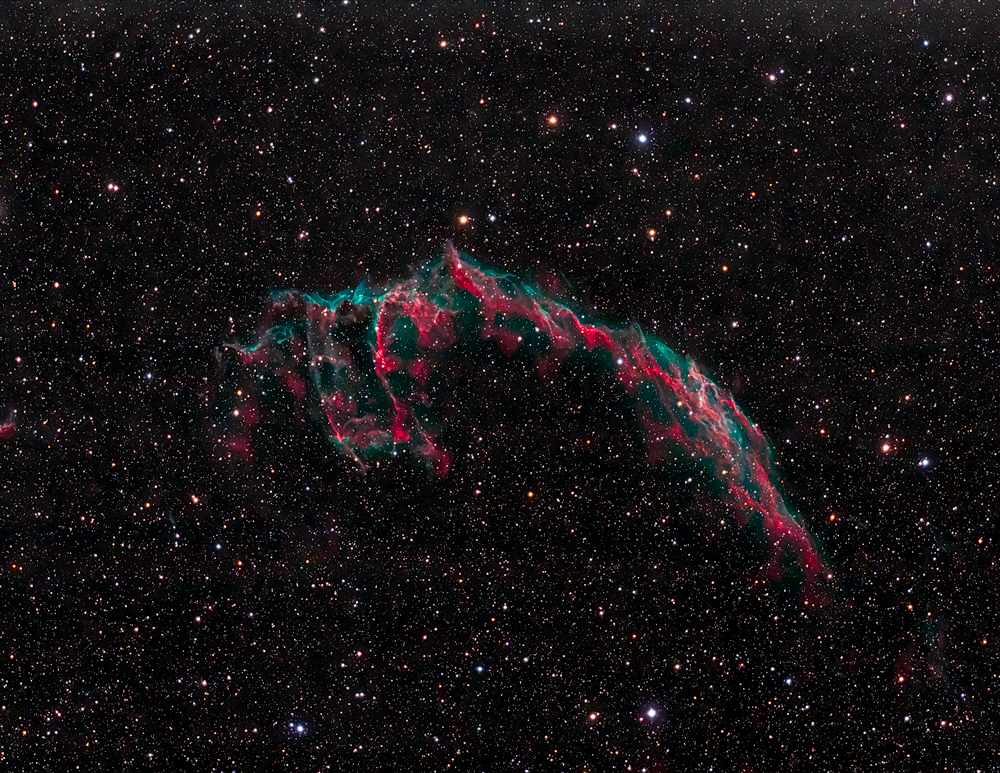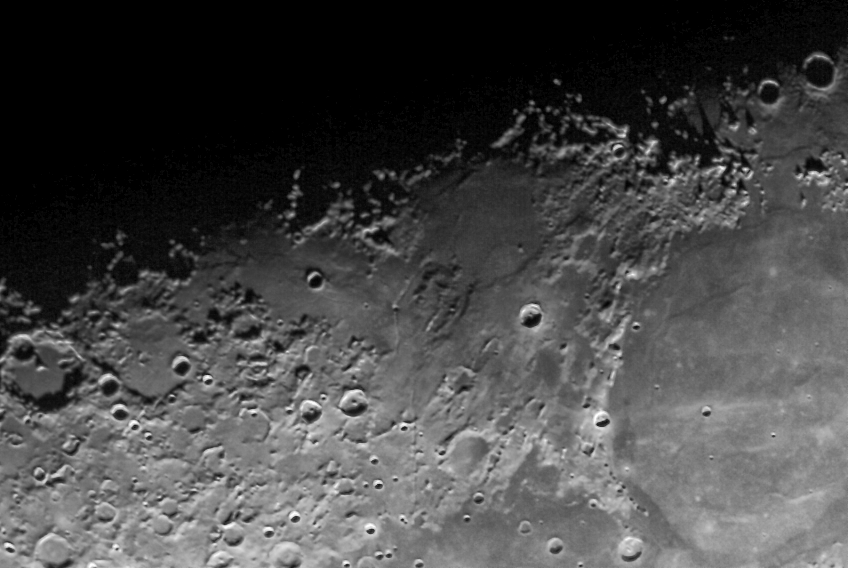My Observatory BBO Canada (Blue Braille Observatory)
The Observatory was built in 2011 with help from Friends, Family, and
encouragement from my wife. Most of the materials used was reclaimed
lumber, and supplies from the local Re-Store. The total cost was under
$1500.00. It is an 12 x 8 foot structure, with an 8' x 8' roll off
roof open observatory, and a 4' x 8' ft. heated warm room.
The warm room is where all the work is done. Here I can spend hours in comfort, controlling the telescope, and cameras.
Equipment from Left to Right
Lostmandy
Gemini GoTo mount controller, Samsung 19" LCD monitor, LG 24" HD LED
Monitor, Sony 14" Trinatron TV Monitor(old 1980s TV) below are 2 Moto
Focus controllers, Moonlight, and JMI.
There is also a Windows 7 PC to run everything, and Altec Speakers, with Sub for some Kick Ass Sound.
The open section of the Observatory holds the mount, and telescopes
The mount is a Losmandy G11 with Gemini I GoTo Computer.
The telescopes
1 -My new Tele Vue NP101 f5.4 APO Refractor It is used for all my wide field photography.
2
- Celestron Ultima C8 f10 SCT. using it with a f6.3 reducer, It is
perfect for imaging smaller objects like galaxies, and globular
clusters. It is also Fastar compatible which makes a very fast f2.0.
3 - Lunt Solar LS60T Ha. It is a dedicated 60mm solar telescope. Used only for viewing, and imaging the sun.
Other
equipment includes a Celestron 70mm scope with an attached Orion
Starshoot guide camera. The auto guider enables me to take very long
exposures with my camera by correcting the motion of the mount, keeping
the target from drifting.


























